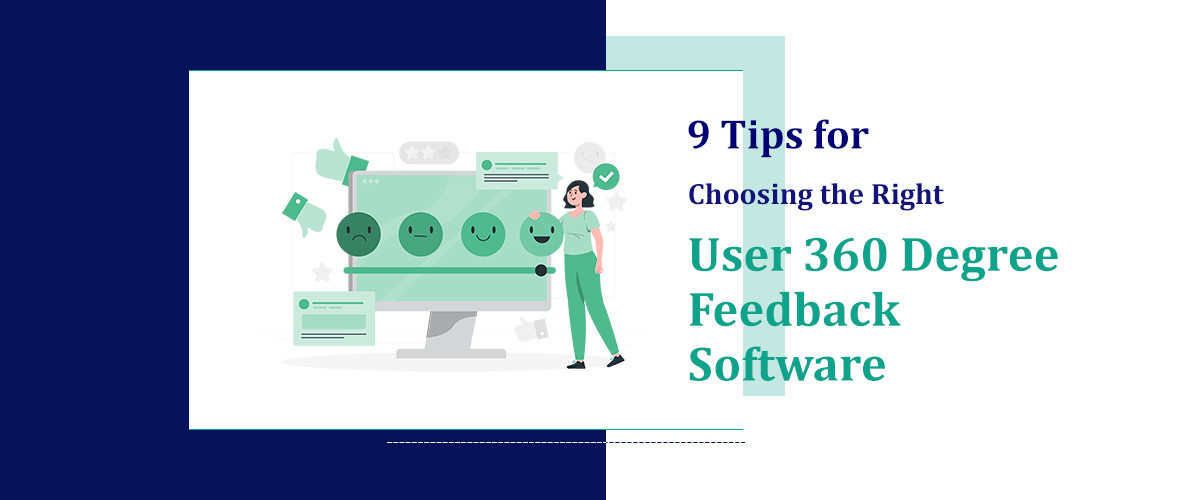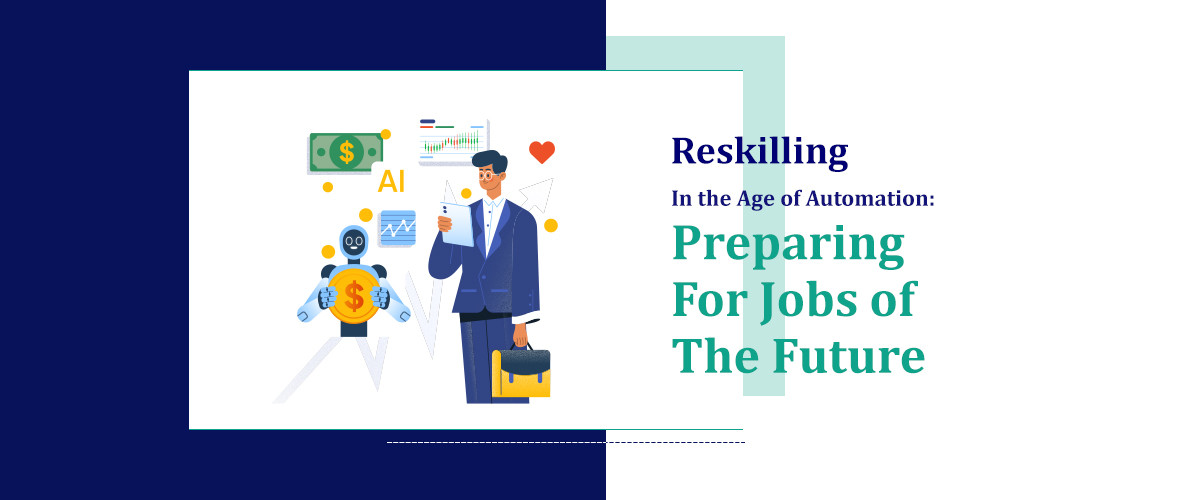What we'll cover
In the constantly evolving world of technology, one trend gaining rapid momentum is gamification. As the name suggests, gamification involves applying game mechanics to non-game contexts such as business, education, and marketing. The goal? Boost engagement, motivate action, and enhance experiences. At the heart of this trend is gamification software, a powerful tool that can transform mundane tasks into invigorating challenges. This post will delve into the benefits of gamification software and highlight six essential features to consider when choosing a solution.
What is Gamification Software and How Does it Work?
Gamification software is a tool that uses gaming mechanics in non-gaming contexts to drive user engagement and desired behaviors. It is commonly used in applications like education, training, customer loyalty programs, and health and fitness apps. The software works by integrating game-like features such as points, badges, leaderboards, and rewards into everyday tasks to make them more interactive and enjoyable.
The objective is to leverage the natural human desires for competition and achievement to motivate users. In India, gamification software is increasingly being adopted across various sectors. For instance, in the education sector, it's being used to make learning fun and engaging for students, while businesses are using it for Employee recognition software and customer engagement. The central principle remains the same, the application of gaming mechanics to non-gaming tasks to increase user interaction and engagement.
Gamification software has proven to be an effective tool in driving user engagement and desired behaviors. By tapping into the innate human desire for competition and achievement, it can motivate users to complete tasks and activities that they may otherwise find mundane or uninteresting.
-
Goal Identification: Gamification software begins by identifying the desired objectives or goals that need to be achieved. These goals could range from completing tasks, acquiring knowledge, improving productivity, or promoting certain behaviors.
-
Game Elements Integration: The software incorporates various game elements such as points, badges, levels, virtual rewards, or progress bars to create an interactive and rewarding experience for users.
-
User Engagement: Users are invited to participate in the gamified experience, where they receive clear instructions on the tasks or actions required to earn rewards or progress further in the system.
-
Rewards and Recognition: As users complete tasks or achieve milestones, they are rewarded with points or badges, providing immediate feedback and reinforcing positive behavior.
-
Competition and Social Interaction: Gamification software often incorporates a competitive element, allowing users to compare their progress with others and fostering a sense of friendly rivalry or collaboration.
-
Progress Tracking and Feedback: The software provides users with real-time feedback on their performance and progress toward their goals. This helps users stay motivated and aware of their achievements.
-
Data Analytics: Gamification software typically includes data analytics capabilities to track and analyze user behavior and engagement patterns. These insights help businesses or organizations refine their strategies and optimize the gamification experience.
Boosting Employee Engagement
Employee engagement software is the lifeblood of any successful organization. They are more productive, more loyal, and more likely to go the extra mile. However, traditional motivational methods like bonuses or employee of the month awards may no longer be enough.That's why some companies augment their rewards program with a corporate gifts selection. These unique, tangible rewards offer another level of recognition that can further fuel an employee's drive. Enter gamification software. By introducing elements of play into the workplace, gamification software can make tasks more enjoyable, promote healthy competition, and foster a sense of achievement. Whether it's completing a project, hitting a sales target, or finishing a training module, gamification can make work feel less like work and more like play.
Enhancing Customer Loyalty
In today's competitive market, customer loyalty is more important than ever. It's no longer just about attracting new customers but retaining existing ones. Gamification software can be a game-changer. By creating engaging experiences, rewarding interactions, and fostering a sense of community, it can turn occasional customers into loyal fans. Whether it's collecting points for purchases, completing challenges for discounts, or unlocking badges for reviews, gamification can make customers feel valued and incentivized to return.
Improving Learning Outcomes
Learning is an essential aspect of personal and professional development. However, traditional learning methods can often be dry and unengaging. Gamification software can transform learning into an immersive and interactive experience. By assigning points to learning activities, introducing levels to represent progress, and providing instant feedback, gamification can make learning more rewarding and enjoyable. This can lead to improved retention, enhanced understanding, and ultimately, better performance.
Increasing Sales
Sales are the lifeblood of any business. However, motivating a sales team and driving consistent performance can be a challenge. Gamification software can inject a dose of fun and competition into sales activities. By introducing leaderboards, setting up challenges, and rewarding achievements, gamification can create a sense of excitement around sales targets. This can not only spur a sales team to perform but also create a culture of recognition and achievement.
Essential Features to Look For
While the benefits of gamification software are clear, choosing the right solution can be a daunting task. Here are six essential features to look for:
1. Points and Rewards System: The system should allow you to assign points for tasks and offer rewards for reaching certain thresholds.
2. Leaderboards and Challenges: These elements can foster healthy competition and motivate users to perform.
3. Personalization and Customization Options: The software should offer the flexibility to tailor the gamification experience to suit your specific needs.
4. Progress Tracking and Feedback Mechanisms: Users should be able to track their progress and receive instant feedback on their performance.
5. Integration with Existing Systems: The software should be able to integrate seamlessly with your existing systems for a smooth user experience.
6. Analytics and Reporting Capabilities: Insightful analytics can help you understand user behavior, measure engagement, and refine your gamification strategy.
Why Should You Gamify Your User Experience?
Gamifying software your user experience can significantly enhance user engagement and loyalty. By incorporating game-like elements into your digital platform, such as rewards, leaderboards, or challenges, you create an interactive and enjoyable user environment. This approach taps into the human nature of competition and achievement, compelling users to interact more with the platform to achieve rewards or recognition. Additionally, gamification can simplify complex tasks, making the overall user experience more intuitive and user-friendly, thus increasing customer satisfaction and retention.
Gamification software is not limited to just entertainment-related platforms; it can be used in various industries, such as education, healthcare, and even marketing. For instance, educational apps can incorporate gamification elements to motivate students to learn and complete tasks. In the healthcare industry, fitness-tracking apps use game-like features to encourage individuals to exercise regularly and maintain a healthy lifestyle.
Furthermore, gamification can also be Appointment scheduling software in the workplace to improve employee engagement and productivity. Companies can use gamified training programs or performance-tracking systems to motivate employees and make their work more enjoyable.
Additional Tips for Choosing Gamification Software
-
Look for software that offers mobile compatibility, allowing users to access the program on the go.
-
Consider whether the software has social features, such as user profiles or activity feeds, to enhance collaboration and competition among users.
-
Research the reputation of the software provider, including customer reviews and case studies, to ensure their track record aligns with your organization's needs.
-
Determine if the software offers a variety of Learning games mechanics, such as quests, challenges, or competitions, to keep users engaged and motivated.Test out the demo version or request a trial period to get a feel for the software and see if it meets your organization's needs before making a final decision.
-
Look for software with analytics capabilities, allowing you to track and analyze user data to make informed decisions on program improvements.
By carefully considering these key features and additional tips, you can select the right gamification software that will drive engagement, motivation, and success in your organization. With the right HR software in place, you can easily incorporate gamification into your existing processes and systems to create a fun and engaging experience for all users involved. Keep an eye out for emerging trends and advancements in gamification technology to stay ahead of the game and continuously improve your program. Remember, the success of any gamification initiative ultimately depends on choosing the right software
Challenges and Limitations of Gamification Software
Despite the proven benefits of gamification software, there are certain challenges and limitations to its implementation. Foremost among these is the risk of over-simplifying complex concepts, potentially leading to a superficial understanding. In addition, the cost and technical expertise required to develop and maintain high-quality gamified content can be prohibitive for some organizations. There's also a risk that users may become more focused on the 'game' aspect rather than the learning or productivity goals, leading to a decrease in overall effectiveness. Furthermore, ensuring that gamified experiences are equally engaging for all demographics can present a significant challenge.
Some possible solutions to these challenges include incorporating more diverse and inclusive game elements, providing thorough training and support for developers, and regularly assessing the effectiveness of the gamified content. It's also important to consider whether or not gamification is the best approach for a particular learning or productivity goal, as it may not be suitable for all scenarios. Additionally, careful consideration should be given to the design and implementation of the gamified experience, taking into account factors such as user motivation and the balance between challenge and reward.
Conclusion
The platform has proven to be a valuable tool for fostering healthy competition, encouraging learning, and enhancing the user experience. By harnessing the power of gamification, Techimply is positioning itself as a leader in innovation within the Indian tech industry.
Furthermore, the implementation of gamification software has shown to have a positive impact on employee retention and satisfaction. By creating a more enjoyable and interactive work environment, companies utilizing this technology can attract and retain top talent. This not only benefits the individual employees but also contributes to the overall success of the organization gamification software by Techimply in India has potentially revolutionized the way businesses operate, improving engagement, motivation, and productivity.
It enhances engagement, motivation, and productivity, fostering a dynamic and enjoyable user experience.
Absolutely. It's versatile and applicable across industries, from employee training to customer loyalty programs.
Look for features like points systems, leaderboards, challenges, badges, analytics, and customization options for optimal results.
It boosts morale, encourages friendly competition, and promotes skill development, leading to improved overall performance.
Yes, many solutions are scalable and can be tailored to fit the needs of small businesses, promoting growth and engagement.

.jpg)

.jpg)
